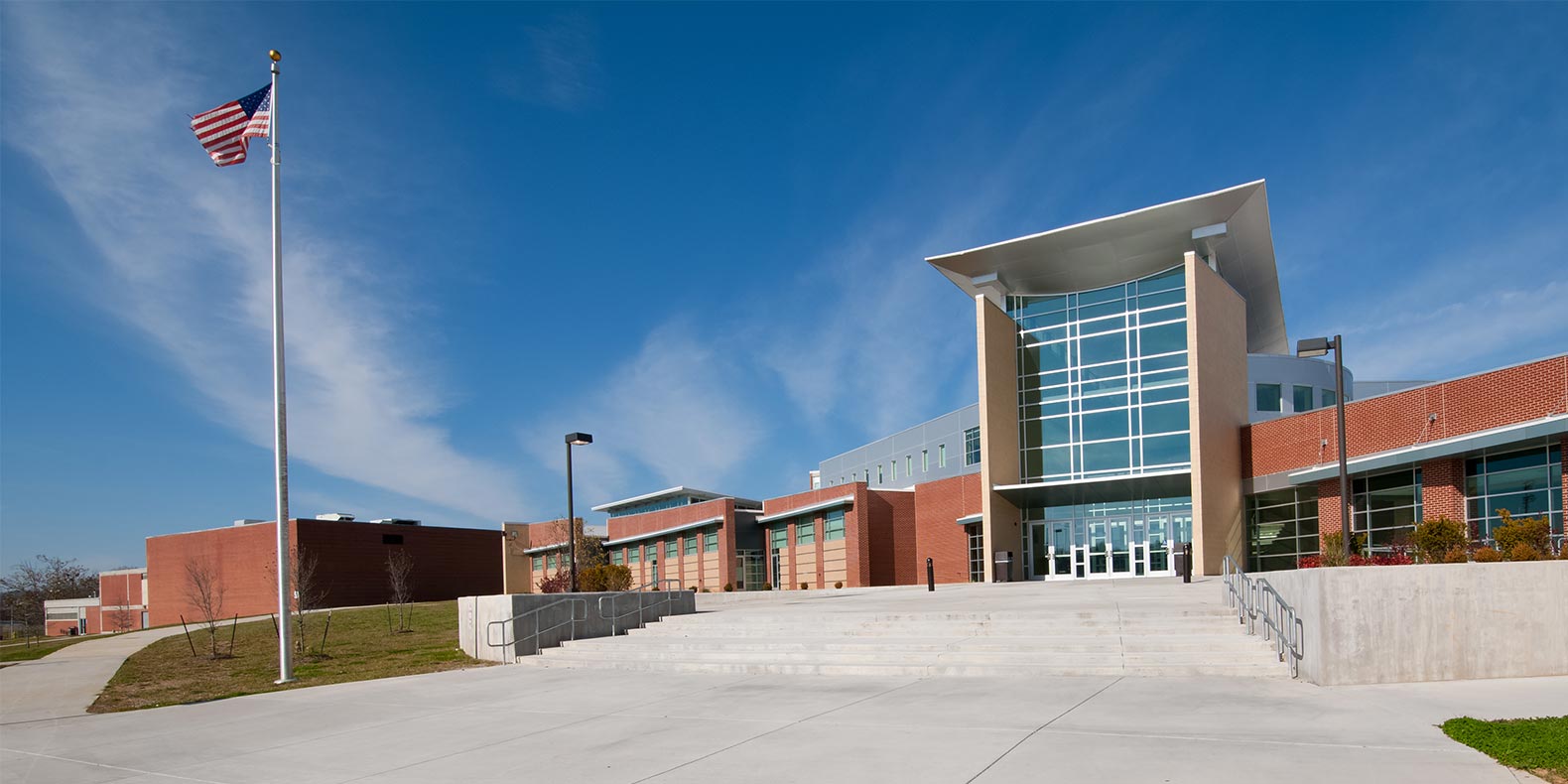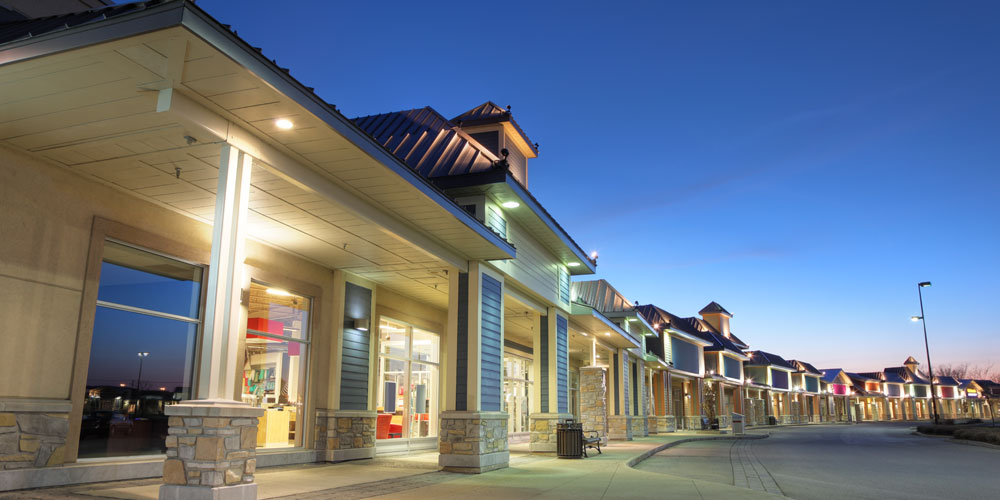This post was originally published on September 10, 2020 and updated for accuracy and comprehensiveness.
Did you know banks and retailers were the first U.S. businesses to use video surveillance as a security practice in the 1970s?
Since then, video surveillance has become immersed in business security across a variety of industries. From gas stations to corporate offices, establishments around the world use cameras to protect inventory, employees, and customers.
Although video surveillance can help protect business assets, the way it’s recorded and stored differs. To help you decide which video surveillance solution is right for your business, we explain the difference between a traditional network video recorder (NVR) and cloud surveillance, and the ways both could impact your business security.
What is NVR Surveillance?
As mentioned earlier, NVR stands for “Network Video Recorder,” a physical device that processes and stores video signals from a security camera. When video is recorded, an IP camera converts footage into a digital file that is sent to the NVR over a local IP network. An IP camera can process the video and audio data through a Wi-Fi network.
Once the audio and visual data is sent through the network, NVRs store the encoded surveillance footage until the proper personnel can review it. With remote access enabled, personnel can view recordings using security software or security mobile apps from any location, making it an incredibly convenient security monitoring tool option for your business.
There are pros and cons to utilizing NVR surveillance systems in your security network. These include:
Pros:
- Better image quality
- Better system flexibility
- Greater coverage (one camera has multiple lenses)
- Records both visual and audio
- Both wired and wireless options available
- One cable can connect audio, video, and power
Cons:
- Generally more expensive than other surveillance systems
- Software is less intuitive than other surveillance systems
- Requires strong Internet connection
- Possible signal loss due to a break in internet connection
What is Cloud Surveillance?
Cloud surveillance is the remote storage of video recordings on the Internet. It does not require any physical equipment or wires—only an Internet connection.
When a cloud-based surveillance camera records a video, the footage is converted to a file and sent to a storage host on the Internet. This host is typically a webpage that requires the user to use a unique login. Once logged in, users have access to all recorded videos and can also control the cameras remotely—an increasingly important feature as more people are working from home.
The pros and cons of cloud surveillance include:
Pros:
- Easy to set up and use
- Affordable and easily accessible
- Adjustable from anywhere
- Requires minimal network maintenance
Cons:
- Can slow down your connection speed
- Requires extra compliance and caution
- Susceptible to data hacks without proper compliance
The Difference
Both NVR and cloud-based surveillance systems are similar in that they are both crucial to storing a company’s video footage. The difference between the two lies in accessibility and convenience.
NVRs are physical systems that require a clean, temperature-controlled setup on-site. Although the footage is transferred over the local network, NVRs must still be plugged into electricity. Additionally, if you manage a multi-site business, each location will require its own NVR and connected app.
On the other hand, cloud surveillance only requires an Internet connection. The cameras are wireless and can be controlled from multiple devices, including your smartphone, computer, or tablet. Once the video is sent to the cloud, it is secured and cannot be tampered with.
What Does it Mean for Your Business?
With an NVR surveillance system, you’ll need to consider the potential for physical setbacks, especially across scaling enterprises. Some service and maintenance issues could include overheating, improper installation, accidental damage, or tampering.
If you have a cloud-based surveillance system, the system connects to a network, which means cybersecurity safeguards must be in place. This includes:
- A secure network connection
- Antivirus, malware, and firewalls
- Encrypted data
- Password protection
- Updated software
For help finding the best solution for your business, contact a trusted security vendor today.



